While preparing the purchase requisition/inquiry of any piping component there are various points that need to be checked and confirmed with the vendor. The responsible requisition engineer should include all the technical points & clauses applicable to the piping components in the requisition/inquiry & subsequent technical queries (TQ).
The requisition engineer should refer to all the project-specific standards and specifications along with the applicable international codes and standards while preparing the inquiry requisition of the piping components. In this article, some general technical requirements for pipes & fittings are listed for information. Note that these requirements may vary depending on the project requirements.
General requirements for Pipe and Pipe-Fittings:
Pipe and Fitting Material supplied must be strictly in accordance with the latest codes and standards, mentioned in the Material Requisition (MR or PR: Purchase Requisition) Scope of supply. This specification for pipes and fittings as detailed in subsequent points shall supplement the codes and other project specifications.
All items must be supplied in accordance with proper wall thickness/ schedule as stated in the Purchase Requisition (PR). Wall thickness thinner or heavier than the specified tolerance shall not be accepted.
The vendor must specify the material type and grade together with NPS and schedule/wall thickness/class within the Material requisition – Scope of Supply for all piping components.
Butt weld end preparation for pipes, fittings, and flanges shall be as per ASME B16.25.
100% radiography has to be performed for all welded items to give a joint factor of 1.0. If not specified, Pipes and fitting shall be supplied as seamless. Seamless is an acceptable alternative for welded pipe and fittings but vice-versa is not acceptable.
The chemical analysis of Carbon Steel (CS) & Low-Temperature Carbon Steel (LTCS) pipes and fittings, forgings, and plates shall be in accordance with the applicable product standard with the following limitations:
- Carbon 0.23 Maximum wt% (pipes)
- Carbon 0.23 Maximum wt% (forgings)
- Carbon Equivalent (CE) shall not exceed 0.43%
Where CE = C + Mn/6 + (Cr+Mo+V)/5 + (Cu+Ni)/15
The above formula for CE is applicable when the carbon content is greater than 0.12%
- CS & LTCS materials shall be fully killed and fine-grained and shall be produced by a low sulfur and low phosphorous refining process. The components must be supplied in normalized or normalized tempered conditions.
- All Austenitic stainless steel and duplex stainless steel items must be supplied in the solution annealed and quenched condition as per corresponding ASTM standard.
- Repair welding for the parent plate/weld end flange is not accepted.
- The carbon content of SS 316 must be limited to 0.03%. All SS Materials specified as F 316 / WP 316/ Type 316 may be dual-certified for both SS 316 & 316L if specifically mentioned in the project specification.
- Austenitic stainless steel has to be capable of passing an intergranular corrosion test in accordance with ASTM A262, Practice E.
- All duplex stainless steel shall have ferrite content between 35% – 65% (volume fraction) on base metal and on heat affected zone to 35% – 70 % as per ASTM E562 four-point count method.
Requirements for Pipes:
- Dimensions of CS / SS and Alloy steel (AS) pipe shall comply with ASME B36.10M or ASME B36.19M as applicable.
- CS pipes shall be supplied in double random lengths (11 to 13m) for pipe sizes 2” to 36”, and in single random lengths (5 to 7m) for pipe sizes 1.5” and smaller.
- SS, Duplex Stainless Steel (DSS), and Carbon Steel galvanized pipes shall be supplied in single random lengths (5 to 7m) for all pipe sizes.
- It is not permitted to join lengths of pipe by circumferential welds to make single or double random lengths.
- Plain end pipes must have square ends cut with burrs removed.
- All stainless steel pipes shall be supplied in solution-annealed condition.
- All threaded & coupled pipes shall be supplied with ends threaded in accordance with ASME B1.20.1 (NPT).
- Each length of the threaded pipe shall be supplied with full coupling screwed hand-tight at one end.
- Galvanizing of pipes shall be in accordance with ASTM A153. The threaded portion of pipes shall be free of galvanizing.
- Pipes shall be heat treated in accordance with product specification requirements after completion of all forming and welding operations.
- Carbon Steel & Low-Temperature Carbon Steel (LTCS) Pipes shall be fully killed fine-grained and shall be supplied in normalized or normalized and tempered conditions.
- Welded pipe shall be supplied with a single straight seam for sizes up to 36” and a double straight seam for sizes greater than 36” subject to approval from the contractor.
- Spiral seam welds are not acceptable.
- All DSS welded pipes with a wall thickness greater than 30 mm must be 100% ultrasonically examined.
Requirements for Fittings:
- Dimensions of butt welded fittings must be in accordance with ASME B16.9.
- Forged, threaded, and socket welded fittings shall be in accordance with ASME B16.11.
- Other fittings dimensions shall comply with MSS SP-75, MSS SP-95, MSS SP-97, or BS 3799 as applicable.
- The vendor shall provide calculations as per ASME B31.3 for the fittings not covered under the above-mentioned standards.
- Union dimensions shall be in accordance with BS 3799.
- All screwed fittings shall be threaded NPT in accordance with ASME B1.20.1.
- Branch reinforcing fittings (i.e. Elbowlets, Sockolets, weldolets, etc.) shall be designed in accordance with the requirements of ASME B31.3. The vendor shall submit drawings during the bid stage and calculations for review and approval after awarding the contract.
- Butt weld elbows shall be long radius type (radius =1.5 nominal pipe size). Short-radius elbows are not permitted.
- For reducing fittings specified with two schedules in the Inquiry / Purchase description, the first schedule refers to the larger end or run pipe, the second schedule refers to the smaller end or branch pipe.
- Fittings shall be forged to the final shape and size. Fittings shall not be machined from bar stock or solid forged billets without specific approval.
- Galvanizing of fittings shall be in accordance with ASTM A153. The threaded portion of fittings shall be supplied with threads free of galvanizing.
- Swage nipple shall be pipe swaged by forging only. Machining of bar stock, forgings, or heavy wall pipe is not permitted. Dimensions shall be in accordance with MSS-SP-95.
- All reduction sizes for tees and reducers are to be in accordance with ASME B16.9.
- CS & LTCS fittings shall be fully killed and fine-grained and shall be supplied in normalized or normalized tempered conditions.
- 100% of CS & LTCS welded fittings, with wall thickness greater than Sch 80 shall be examined by Magnetic Particle Examination for weld bevel ends. Acceptance standards shall be in accordance with ASME VIII Division 1, Appendix 6. This shall be done after the final heat treatment.
- 100% of SS & DSS wrought fittings having a wall thickness of more than 20 mm shall have the bevel and weld end over a width of 25mm, examined by the Dye penetrant Method. Acceptance standards shall be in accordance with ASME VIII Division 1, Appendix 8.
- 100% of DSS welded fittings with a wall thickness greater than 30mm shall be 100% ultrasonically examined in accordance with ASME VIII Division 1.
- 100% of DSS forged fittings weld bevels shall be examined by Dye Penetrant inspection.
- 100% of CS, LTCS & SS forged fittings, with wall thickness greater than Sch 80 shall be examined by Magnetic Particle / Dye penetrant examination. Acceptance standards shall be in accordance with ASME VIII Division 1, Appendix 6 / 8. This shall be done after the final heat treatment.
Positive material identification:
Positive Material Identification (PMI) shall be conducted for all SS / CRA alloy piping items as per the project specification included in the Inquiry / Purchase requisition.
Special Requirements:
Sour service requirements:
- All materials specified for sour service shall, as a minimum, meet the requirements of NACE MR0175 / ISO 15156 – latest edition.
- All welded pipes/fittings in sour service shall be HIC tested, if required by the project specification. It shall be conducted for one pipe/fitting per heat in accordance with NACE TM-0284 Solution – A with acceptance criteria as specified in NACE MR-0175.
Impact test requirements:
- All CS, LTCS, welded austenitic, and duplex stainless steel piping components shall be impact tested (for use in low-temperature services) in accordance with ASME B31.3.
- For carbon steel pipes and fittings, the impact test temperature shall be the ‘minimum metal temperature’ as defined in the project. The impact test requirement and acceptance criteria shall be as per Cl. 323.2.2 and Cl. 323.3.5 of ASME B31.3 respectively.
- For welded SS and DSS items, the impact test temperature shall be the ‘minimum metal temperature’ as defined in the project but not more than (-101 Deg. C) and (-50 Deg. C) respectively. For SS items, the acceptance criteria shall be as per Cl. 323.3.5 of ASME B 31.3. For DSS items, test results shall be at least 40 joules in the transverse direction (for standard specimen 10 x 10 mm) as an average of three tests, one result may be lower but not less than 30 joules.
- For LTCS items, the impact test temperature shall be (-46 Deg. C). Test results shall be at least 27 joules as an average of three tests (for standard specimen 10 x 10 mm), one result may be lower, but not lower than 21 joules.
Online Video Course on Piping and Pipe Fittings
To enrich yourself with piping and pipe fitting details you can opt for the following online video courses

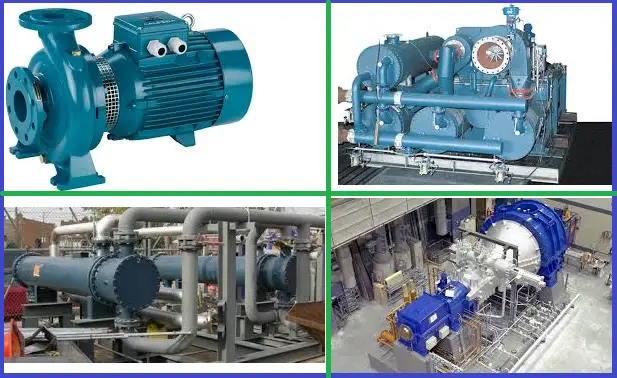

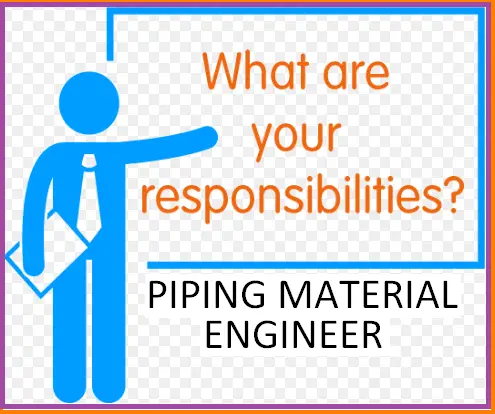
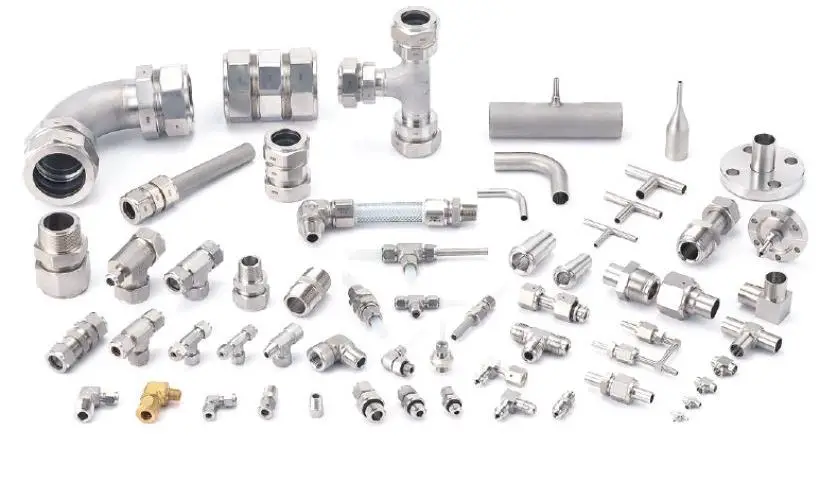
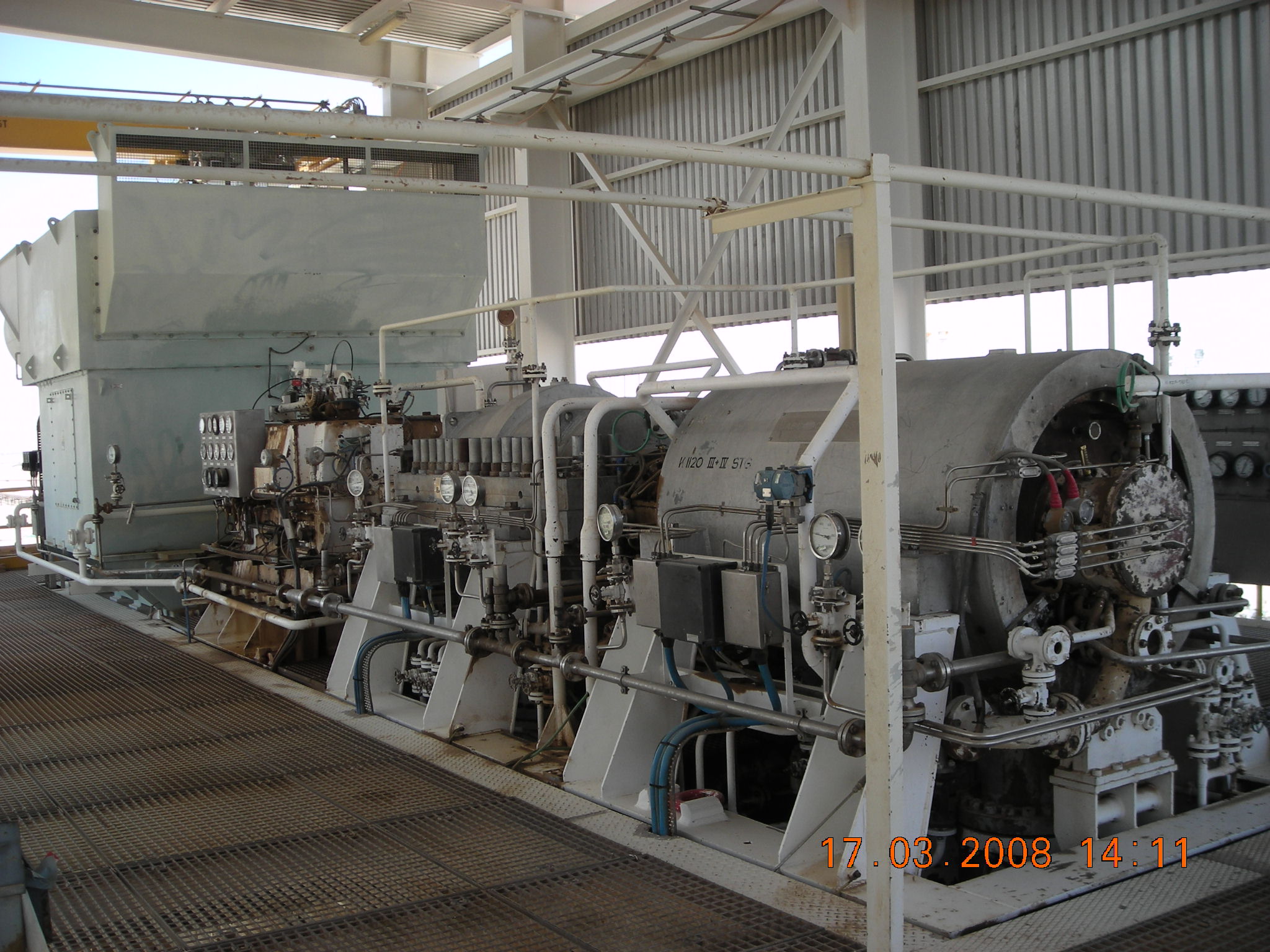
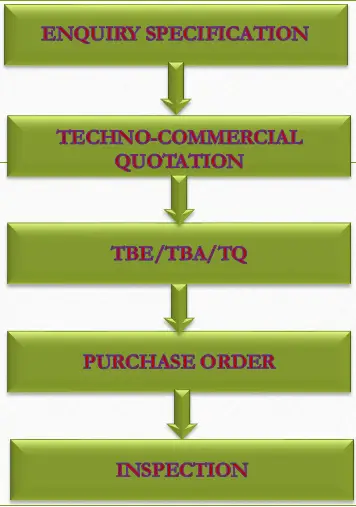
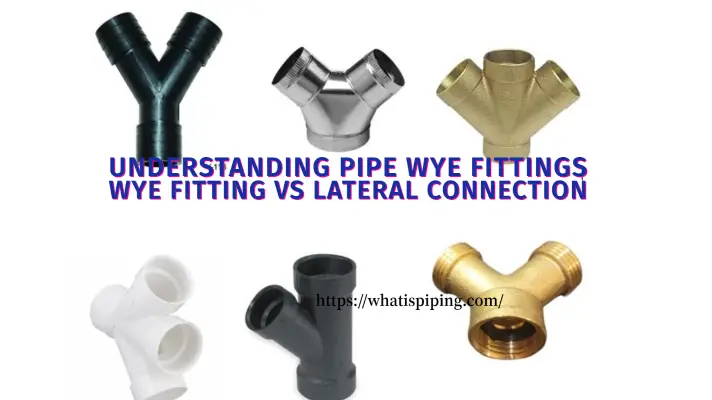
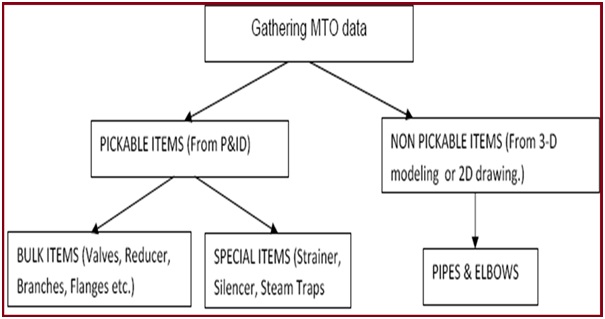
Hallo am currently working bon raw materials for HDPE pipes my concerns will be based on production,process and quality control of spiral hdpe pipe a,ppr and double wall corrugated plastic pipes,any sources for the above will be highly recommended,
Thanks I will appreciate so much
I am thankful that this post reminded us that when looking to buy new steel pipes, it is important that we ensure it is made properly. It makes sense as in doing so, it ensures that our materials are properly made. I will remember to consider the material.